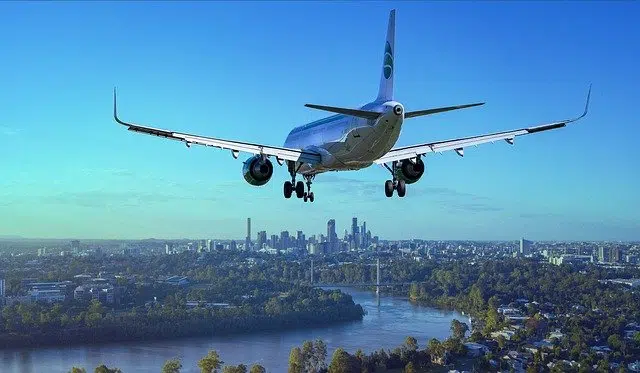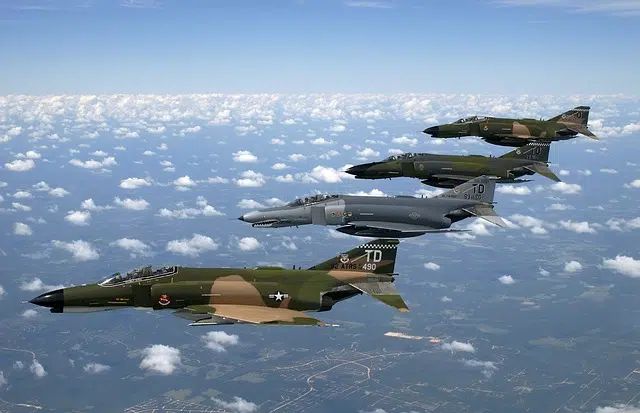
The concept of aviation is usually linked to air transport.
Aviation is a term that comes from the French aviation , in turn derived from the Latin avis (which can be translated as "bird" ). This is the name given to air transportation that is carried out through vehicles that have a weight greater than that of air .
The idea of aviation, therefore, is linked to the aircraft that make up the group of aerodynes (machines that, being heavier than air, must resort to their own means to achieve their support). Airplanes , helicopters and gliders are part of this set.
Aerostats such as airships and hot air balloons , on the other hand, are aircraft that have a tank with a gas less dense than air, which allows them to rise and float. The traditional definition of aviation, therefore, does not contemplate them.
Historical tour
In its broadest sense, the concept of aviation refers to the design, manufacture, operation and use of aircraft . The notion includes material means, human resources and multiple activities.
Although man's desire to fly can go back to Prehistory , the origins of aviation are found in the 19th century , when the first gliders emerged and were consolidated. By then progress had already been made with the construction of aerostats.
The American brothers Wilbur and Orville Wright and the Brazilian Alberto Santos Dumont are among the pioneers of aviation since they made historic flights. Since then, the development of aviation never stopped: aircraft were perfected, increasingly longer distances were traveled by air , and both the speed and safety of travel increased.
Military aviation and civil aviation
Military aviation refers to the human and material resources that make up a country's air force. It includes all the elements of the armed forces that intervene in missions, campaigns and actions carried out by air.
Civil aviation , in this way, covers what is not associated with the military services. In it, a distinction can be made between general aviation (non-military state flights, private flights and sports flights) and commercial aviation (regular passenger and cargo transport flights).

Military aviation operates under the orbit of a country's armed forces.
The airlines
A central component of commercial aviation is airlines or airlines . The activity of these companies consists of the transfer of people, animals and/or cargo on airplanes.
Typically , airlines cover pre-established itineraries at specific times ( a company
If specific agreements are made with clients for the development of trips, they are called charter flights . A football club can hire a charter flight to take its players and coaching staff to a certain city where a match will be played.
When an airline has a State as the main shareholder and enjoys certain benefits in the operation of the routes, it is called a flag line . Low-cost airlines , for their part, sell tickets at lower prices than conventional airlines by removing services or charging for them separately (such as food or luggage transfer).
